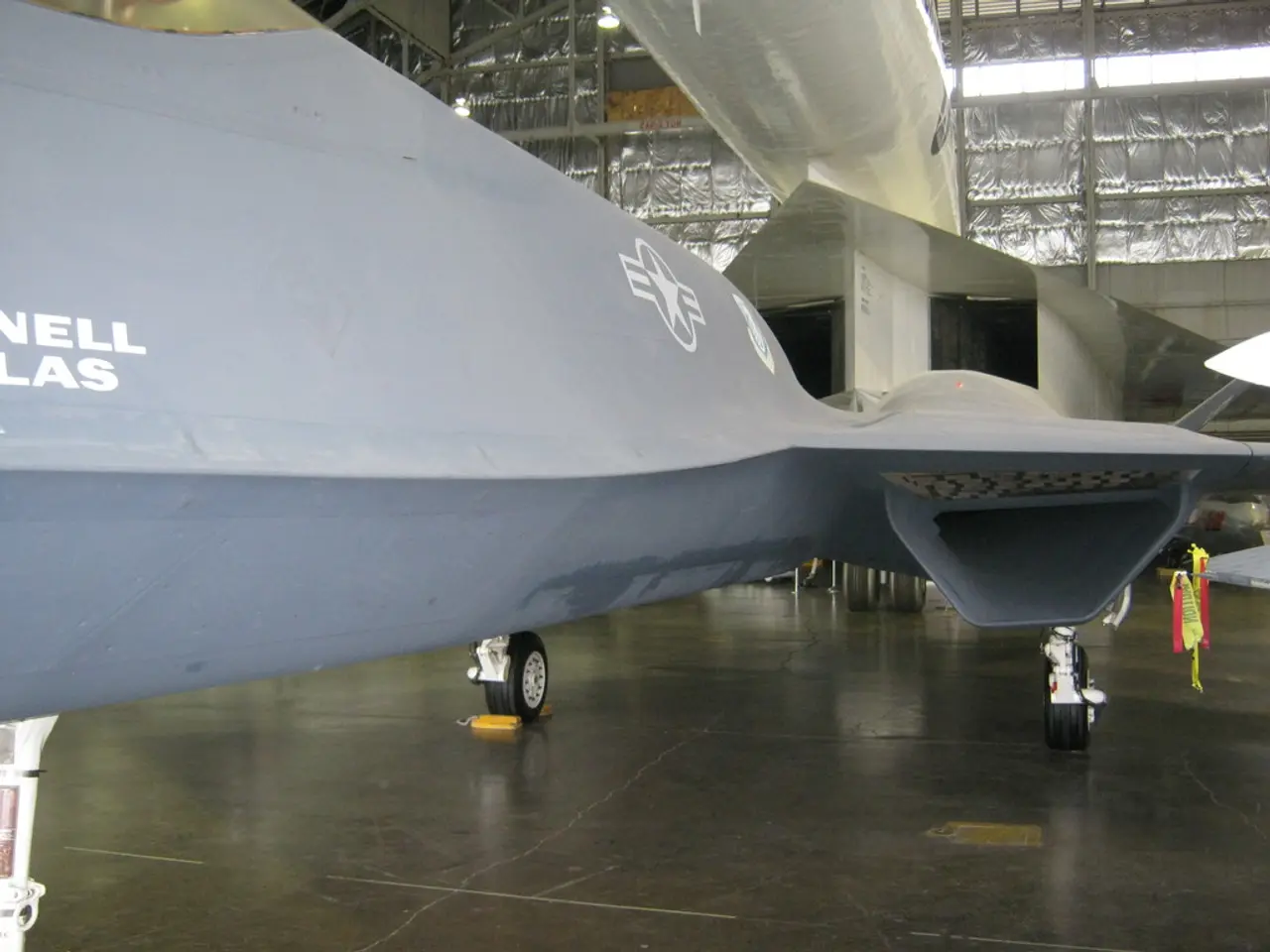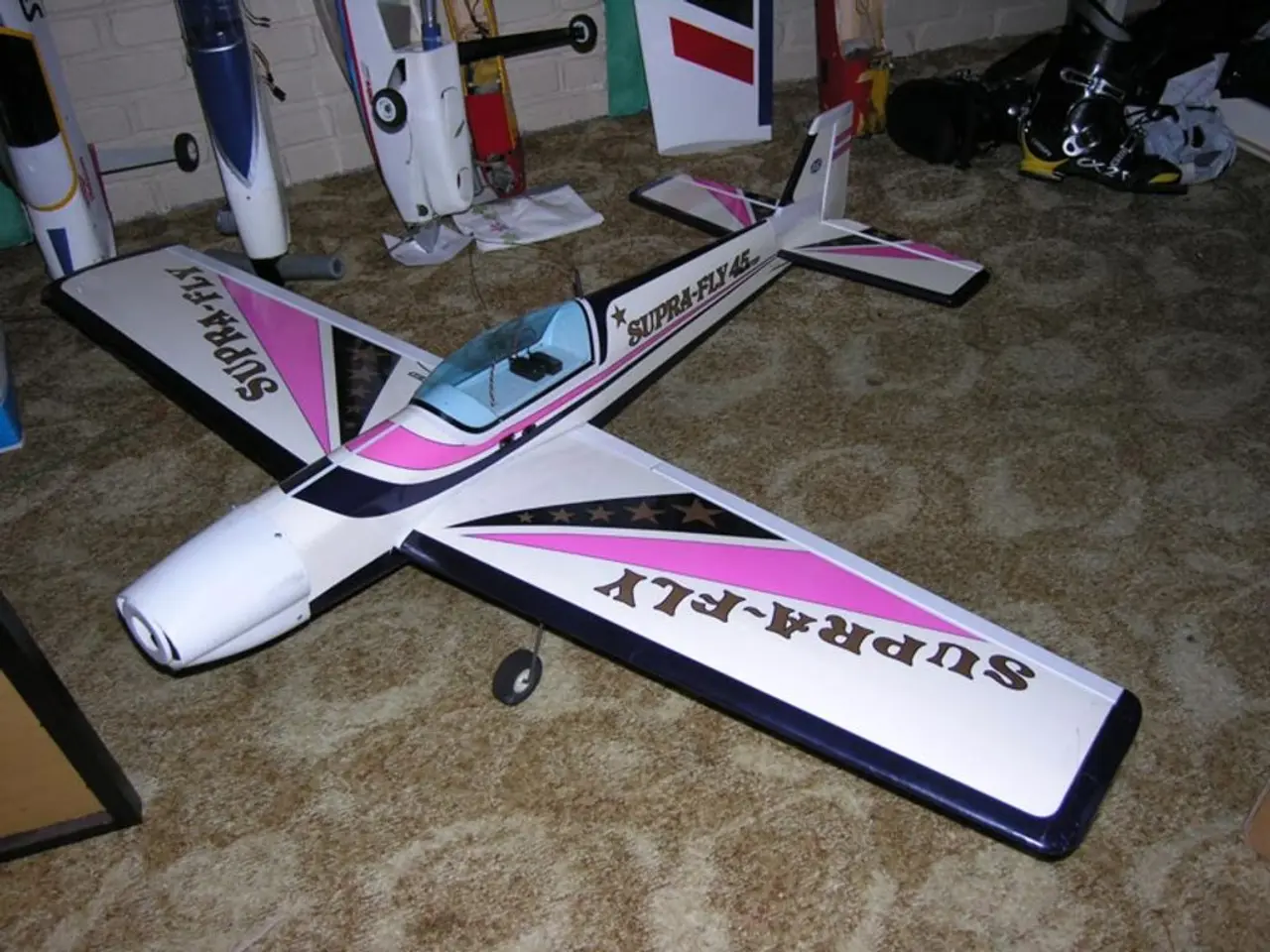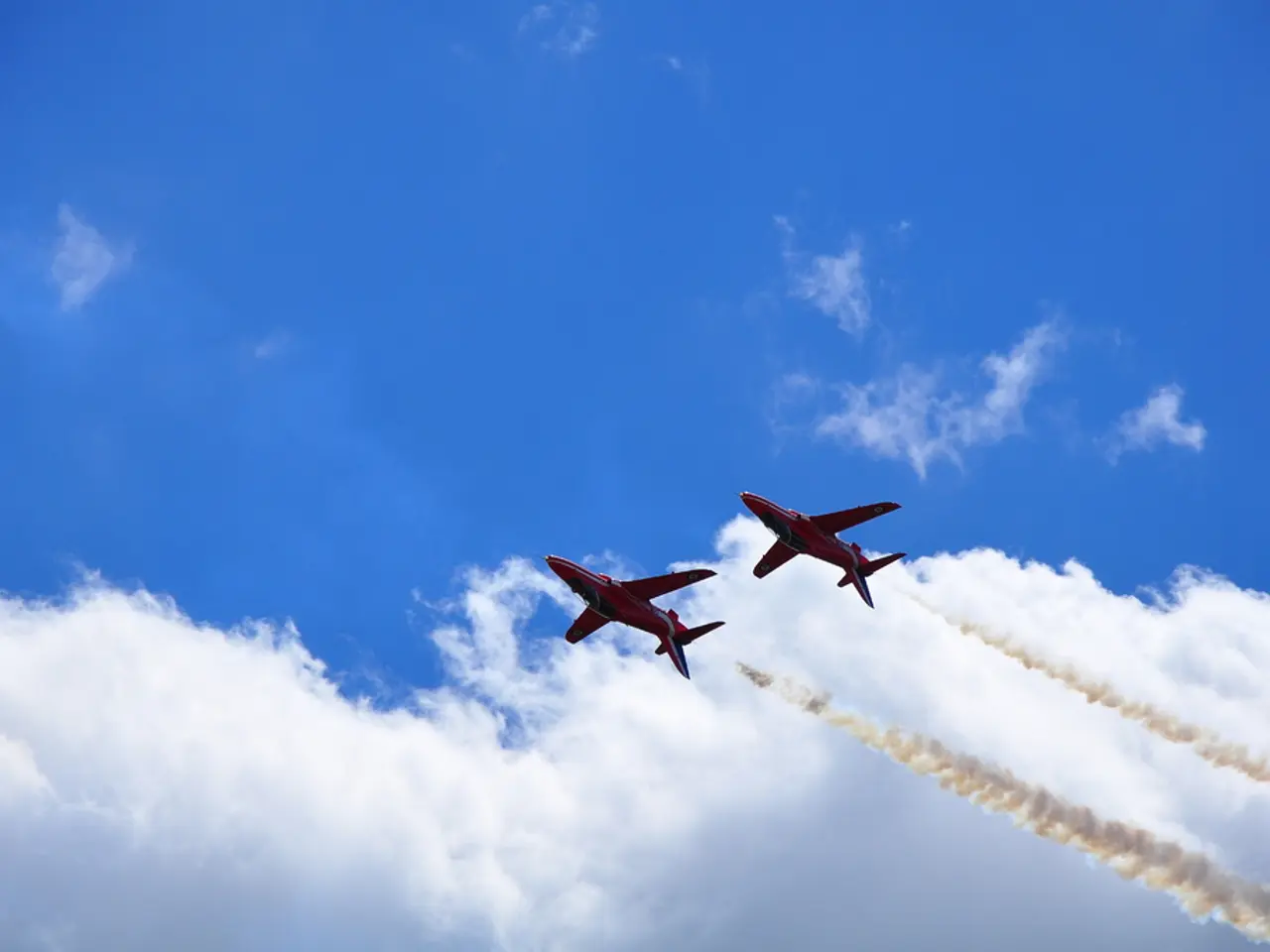Corruption Begins at the Highest Echelons of Aviation Leadership
In the aftermath of the tragic Air India Flight AI-171 crash on 12 June 2025, which resulted in the loss of 241 lives on board and two dozen on the ground, a series of systemic reforms have been proposed to strengthen India's aviation safety architecture.
The Boeing 787-8 Dreamliner involved in the accident was 11.2 years old. The crash, which marked the first fatal Dreamliner accident in history, highlighted structural weaknesses in India's aviation ecosystem.
The crash occurred on a full-length runway 23, with rotation 32 seconds after roll-start. The final accident reports suggest partial thrust and high drag due to persistent landing-gear extension, shallow climb, and stall-like pitch oscillation.
The crash occurred near Ahmedabad, which reported 81 confirmed bird strikes in 2023, the second worst in India. Institutional fragmentation among the Ministry of Civil Aviation (MoCA), Directorate General of Civil Aviation (DGCA), Airports Authority of India (AAI), and Aircraft Accident Investigation Bureau (AAIB) in India leads to diluted accountability.
Safety-related Public Interest Litigations (PILs) in India are often remitted to the Ministry of Civil Aviation (MoCA), limiting external oversight. Final accident reports in India take an average of 30 months for release, impeding timely corrective action.
Proposed systemic reforms for a robust aviation-safety architecture in India include:
- Independent Regulatory Body: Grant the Director General of Civil Aviation (DGCA) statutory autonomy and insulate it from ministerial influence to enable effective oversight and enforcement of safety management systems.
- Enforce Work-Hour Limits: Implement strict monitoring and enforcement of duty hour limitations for pilots, air traffic controllers (ATCOs), and aircraft maintenance engineers (AMEs) to reduce fatigue-related risks and improve crew resource management.
- Transparent Airport Approvals: Require multi-agency review and public disclosure of building and operational clearances around airports to ensure adherence to safety norms and maintain situational awareness.
- Strengthen Whistleblower Protections: Establish comprehensive frameworks to protect and encourage insiders to report safety concerns without fear of retaliation, fostering a proactive safety culture.
- Judicial Oversight: Create judicial monitoring cells under High Courts to track pending aviation safety cases and compliance with safety recommendations, ensuring accountability and continuous improvement.
- Mandatory Safety Management Systems (SMS): Enforce implementation of SMS across airlines to enable proactive risk identification, hazard management, and accident prevention.
- Enhanced Pilot Training and Maintenance Oversight: Improve pilot training standards with emphasis on handling complex electronic systems and strengthen maintenance protocols, especially for aircraft like the Boeing 787 with advanced electronic engine controls.
- Reevaluation of Aircraft Systems and Certifications: Investigate and upgrade aircraft control and failsafe mechanisms, particularly concerning engine shutdown procedures and pilot interfaces, to close gaps that could lead to catastrophic failures.
- Continuous Legal and Regulatory Upgradation: Regularly revise the National Aviation Safety Plan and aviation regulations, incorporating international best practices and lessons from incidents such as AI-171.
These reforms collectively aim to prioritize safety over profit by empowering regulators, improving human factors management, enhancing transparency, and institutionalising accountability across India’s civil aviation ecosystem. They address both technical and organizational dimensions revealed by the crash, such as mechanical vulnerabilities, pilot interface design flaws, regulatory enforcement gaps, and cultural challenges impacting safety.
The AI-171 crash serves as a pivotal moment underscoring the urgent need for these systemic changes to prevent recurrence and maintain public trust in Indian aviation. Cultural barriers in India's aviation sector, such as pilots fearing punitive action, result in a voluntary occurrence reporting rate that is less than 45 percent, half of the European Aviation Safety Agency (EASA) average. The proposed reforms aim to address these cultural barriers and foster a culture of safety and transparency.
- The tragic Air India Flight AI-171 crash of 2025, which notably claimed 263 lives, brought to light the necessity of addressing environmental factors in India's aviation industry, as the accident highlighted structural weaknesses in the ecosystem.
- Financially, the aviation industry in India is facing significant challenges due to the lengthy release of final accident reports, which impedes timely corrective action and may affect investor confidence.
- The coordination between key players in India's transportation sector, such as the Ministry of Civil Aviation, Directorate General of Civil Aviation, Airports Authority of India, and Aircraft Accident Investigation Bureau, needs improvement to maintain a unified approach in addressing safety issues and increasing accountability.
- General-news reports suggest that the near-miss rate in aviation, including accidents and near-accidents, might be higher than reported due to cultural barriers in the industry, with voluntary occurrence reporting rates being less than half of European standards.







